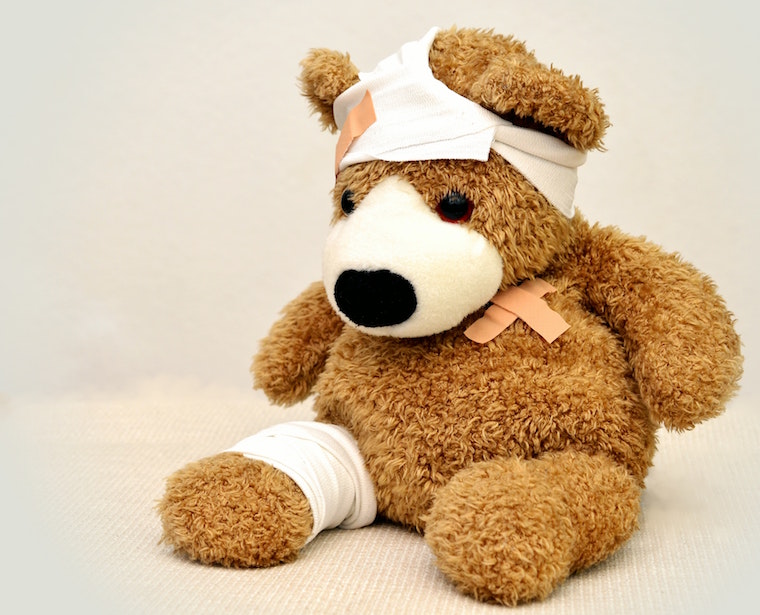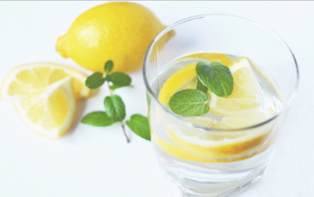What’s the Best Way to Enjoy the Autumn Months?
Traditionally, autumn is the colorful harvest season that precedes the cold winter months. The temperature begins to drop and the air becomes dryer as winds blow and leaves fall. In contrast to Nature’s beautiful brush strokes, autumn is often a time for many people to get sick with colds and flu, and for the digestive system to take a major hit, causing various intestinal disorders. Fortunately, there’s a reason for this and simple solutions.
Each change of season is a transitional period in Nature and our bodies follow suit even if we are unconscious of what’s happening. Autumn is a time when leaves fall and vegetation is either harvested or dies off. During this natural cycle of life and death, mold is released. Even though mold is airborne year round, this extra release can be a stress on the immune system.
Depending on the individual’s state of Active Wellness, the immune system either continues working well or becomes overloaded during autumn. Digestion may not be as smooth and the foods that worked well during the summer may suddenly be overwhelming. Autumn is therefore an ideal time to reduce the toxic load on the immune and digestive systems. In fact, since 60 to 80% of the immune system revolves around the digestive system, the two impact each other a great deal.1
In addition to being the perfect time to incorporate Kenzen® Cleanse & Detox and Kenzen Lactoferrin® 2.0 into your daily regimen, here are some things to do that may help decrease toxic overload:
- Minimize exposure to chemical toxins in the environment or in products you might use on a daily basis, including cosmetics, laundry detergent, cleaners, plastics, air fresheners, etc.
- Try using unscented cleaners and detergents. Scented products often are full of artificial ingredients that tend to burden the immune and digestive systems.
- Read labels and try eating food without artificial food coloring and preservatives. Processed foods in general may irritate sensitive digestive tracts.
- Dry cleaning often contains chemicals that not only create breathing issues but also tax the central nervous system, which rules the digestive system! Even if you can’t avoid dry cleaning clothing, be aware and try to allow time for them to air out.
- Pay attention to food sensitivities. This is a great time of year to eat warming foods, just as summer was a perfect time to eat cooling salads. A rule of thumb is to heed Nature and eat what grows seasonally, for example, pumpkins, squash, root vegetables (like beets and turnips), dark leafy greens, and whatever is locally grown.
- Store your reusable plastic bags and containers in closed cupboards and air-tight containers. Plastics contain petrochemical molecules that are airborne, especially indoors.
- Drink filtered water. Chlorine is a harsh chemical placed in many municipal water systems. The PiMag Waterfall® exceeds the standard for chlorine reduction and helps households filter tap water and reduce or eliminate the use of bottled water that becomes trash in landfills.
- Traditional Chinese Medicine recommends preventing gastrointestinal flare-ups by eating moistening foods, such as tofu, tempeh, spinach, barley, pears, apples, seaweed, mushrooms, almonds, sesame seeds, persimmons and loquat, also known as monkfruit.2
- Protect skin from the dryness and wind. Use a moisturizer such as True Elements® Youthful Face Cream at night and Nourishing Face Cream during the day. For optimum results, exfoliate first to get rid of flaky skin—True Elements® Radiance Scrub is gentle and soothing.
Try to get plenty of rest and sleep to help keep your immune system happy, and enjoy this beautiful season!







